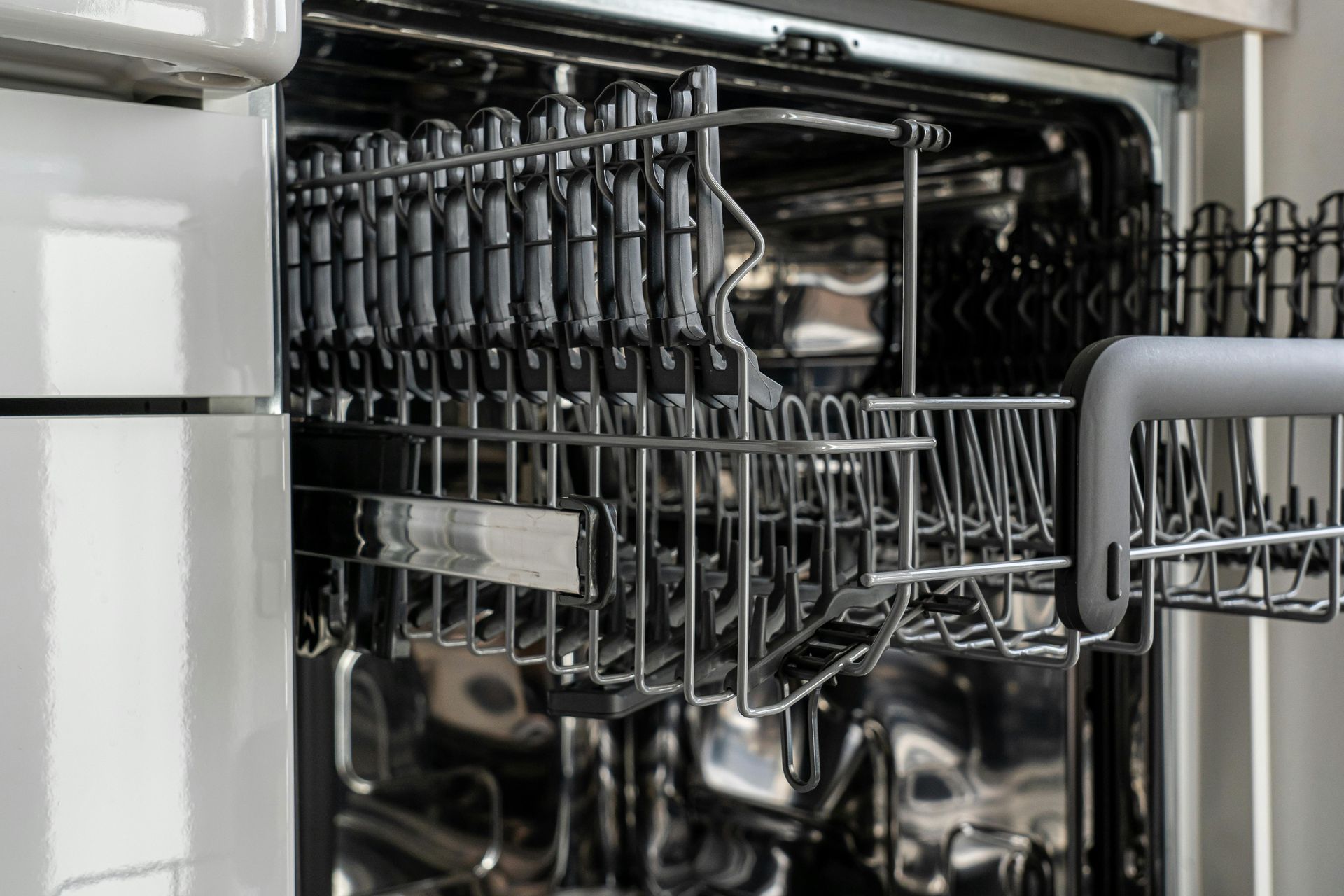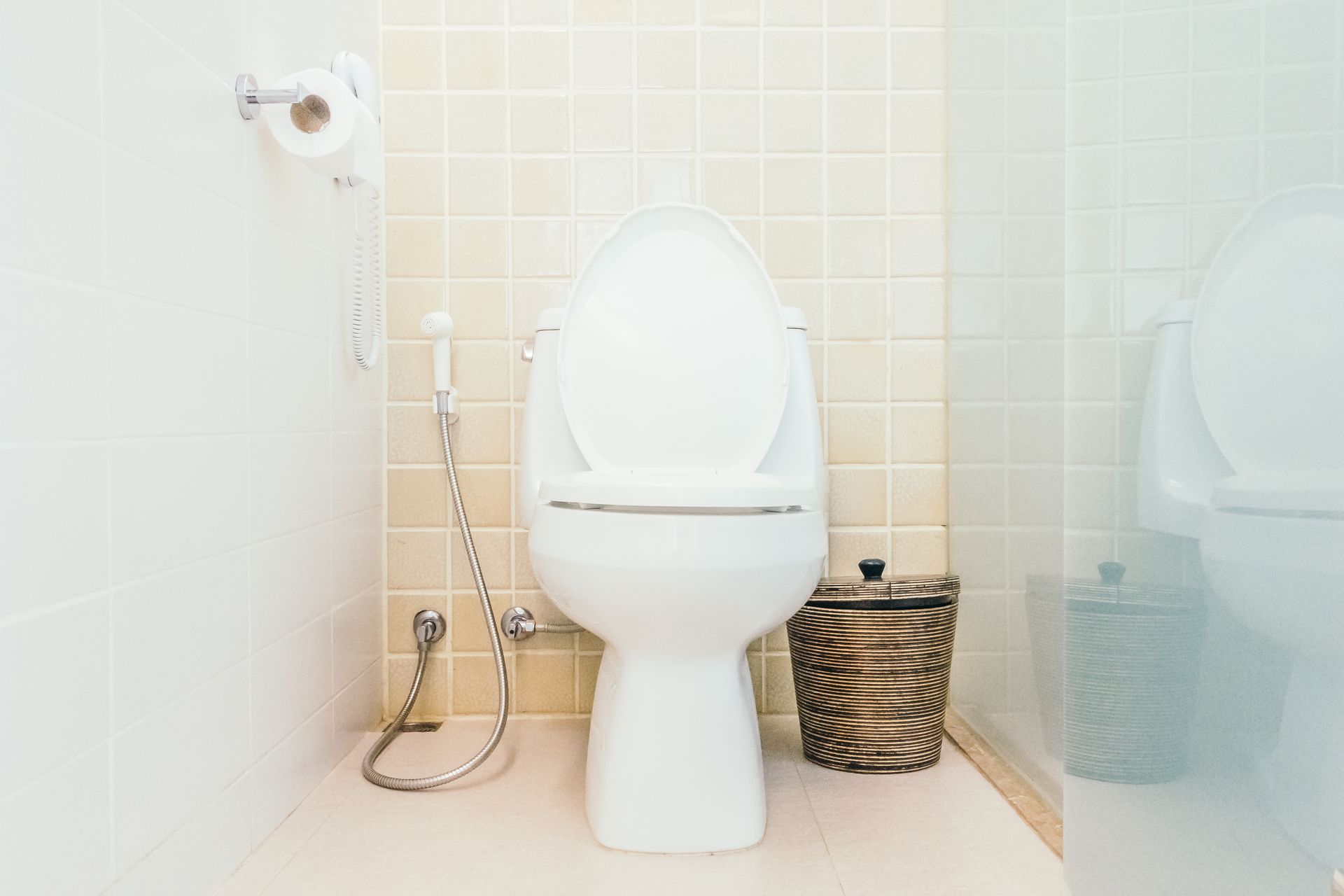How To Identify And Fix A Slab Leak?
Slab leaks are a serious plumbing issue that can cause extensive damage to a home’s foundation and interior if left untreated. These leaks occur when water pipes beneath a concrete slab foundation crack or break, leading to water escaping into the soil under the house. Because the leak is hidden beneath the slab, detection and repair require careful attention and professional expertise, often necessitating prompt emergency services to prevent further damage. This article provides a detailed guide on how to identify and fix slab leaks, helping homeowners protect their property and avoid costly repairs.
Understanding Slab Leaks
Modern homes often rest on concrete slab foundations, which consist of a thick layer of concrete poured directly on the ground. Water pipes, both hot and cold, run beneath or through this slab to supply the home. A slab leak happens when one of these pipes develops a crack or hole, allowing water to leak into the soil beneath the foundation. The consequences of a slab leak can be severe, including structural damage to the foundation, mold growth, warped flooring, and increased utility bills.
Common Causes of Slab Leaks
Several factors contribute to slab leaks:
- Excessive Pressure: Pipes under the slab can be subjected to high water pressure or soil pressure, especially in areas with expansive clay soil that shifts with moisture changes.
- Corrosion: Pipes in contact with soil may corrode over time, especially if different metals are involved, leading to holes.
- Abrasion: Pipes rubbing against concrete or rebar can wear down, causing leaks.
- Poor Installation: Improperly installed pipes or substandard materials can fail prematurely.
- Soil Movement: Earthquakes or soil shifting can stress and crack pipes beneath the slab.
How to Identify a Slab Leak
Detecting a slab leak early is crucial to prevent extensive damage. Because the leak is hidden, homeowners must look for indirect signs and symptoms.
Warning Signs of a Slab Leak
One of the earliest indicators is an unexplained spike in water bills without increased water usage, signaling a hidden leak. Homeowners may also notice hot or cold spots on the floor where a leaking pipe transfers temperature through the slab, creating unusual warmth or coolness in localized areas.
Damp or wet flooring is another telltale sign. This can manifest as water stains, bubbling or warping on hardwood, linoleum, or carpeted areas, often in spots unrelated to visible plumbing fixtures.
A drop in water pressure throughout the home may occur because the leak reduces water flow to faucets and appliances. Additionally, some homeowners report hearing the sound of running water beneath the floor even when all taps are turned off, which can be a direct auditory clue of a leak.
Other physical signs include gaps appearing between flooring and walls, difficulty opening doors or windows due to foundation shifts, and even visible water puddles outside the house near the foundation.
Diagnosing a Slab Leak
Once you suspect a slab leak, professional diagnosis is essential. Plumbers use specialized equipment such as electronic listening devices, line-tracing tools, and video inspection cameras to pinpoint the exact location of the leak beneath the slab. These technologies allow for precise detection without unnecessary damage to the foundation or flooring.
How to Fix a Slab Leak
Repairing a slab leak depends on the leak’s size, location, pipe condition, and overall plumbing system. There are several repair options ranging from minimally invasive to more extensive procedures.
1. Trenchless Slab Leak Repair
This method involves creating small access holes rather than breaking up large sections of the concrete slab. Techniques such as pipe lining (slip lining) or pipe bursting are used. Slip lining inserts an epoxy liner inside the existing pipe to seal leaks, while pipe bursting replaces the old pipe by pulling a new one through it. Trenchless repair minimizes disruption and is often more cost-effective than traditional methods.
2. Spot Repair
For isolated leaks, a spot repair may be performed by breaking through the slab only where the leak is located and replacing the damaged pipe section. This method is suitable when the rest of the plumbing system is in good condition and the leak is localized.
3. Pipe Rerouting
If the pipes are old or extensively damaged, rerouting involves installing new pipes above ground or through walls and ceilings, avoiding the slab altogether. This method prevents future leaks under the slab and allows easier access for maintenance.
4. Whole House Repiping
In cases where the plumbing system is aging or deteriorated, repiping the entire house may be the best long-term solution. Though more expensive initially, this option prevents future leaks and provides peace of mind.
Preventive Measures
To reduce the risk of slab leaks, homeowners should ensure proper installation of plumbing systems and use quality materials. Regular inspections can catch early signs of pipe corrosion or damage. Additionally, maintaining stable soil moisture levels around the foundation helps prevent soil shifts that stress pipes.
It is also important to take steps to prevent frozen water pipes, as freezing can cause pipes to crack and lead to leaks beneath the slab, especially in colder climates. Insulating exposed pipes and maintaining consistent indoor temperatures are effective preventive measures.
Conclusion
Slab leaks pose a hidden but serious threat to the structural integrity and safety of a home. Recognizing the warning signs such as increased water bills, damp floors, temperature anomalies, and unusual sounds can help homeowners act quickly. Professional diagnosis and modern repair techniques like trenchless repair or spot repair provide effective solutions tailored to the leak’s severity. Taking preventive steps, including protecting pipes from freezing, can help avoid the costly consequences of slab leaks and preserve the foundation of your home.











